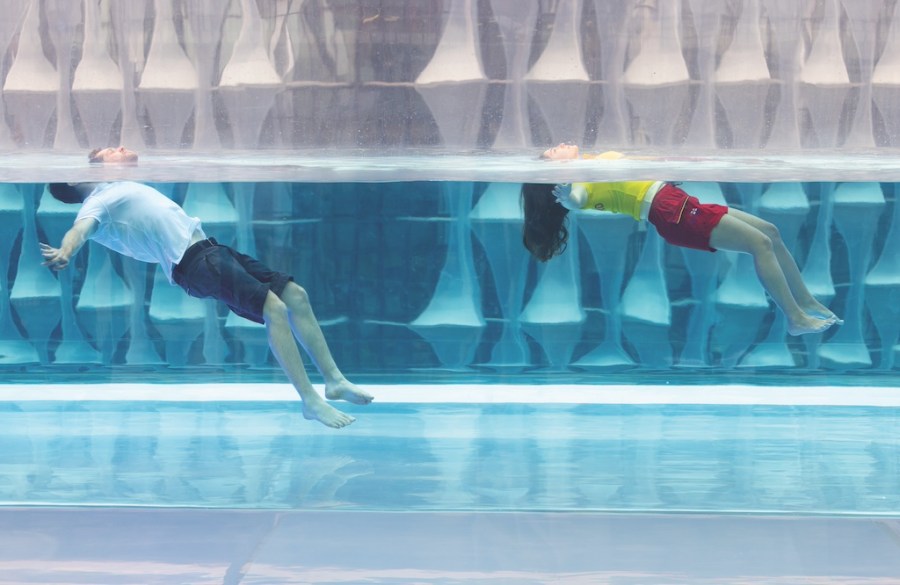That’s the advice of the Royal National Lifeboat Institution, which has launched its latest water safety campaign.
Helly Hansen and the Royal National Lifeboat Institution (RNLI) have joined forces to launch the annual Float to Live campaign. “With summer around the corner,” says professional sailor and Helly Hansen ambassador Jack Trigger, “it’s important that we take the necessary precautions to keep ourselves safe on or near the water, and knowing how to float is a lifesaving skill we all should practice.”
In 2022, there were 226 deaths in the UK from accidental drownings, across inland and coastal locations. Of the people who died, 40% had no intention of entering the water, including those walking – with causes including slips, trips and falls, being cut off by the tide or being swept in by waves.
Official Float to Live advice from the RNLI
- Tilt your head back with your ears submerged
- Relax and try to control your breathing
- Use your hands to help you stay afloat
- Don’t worry if your legs sink – everyone floats differently
- Spread your arms and legs out to improve stability
One man who can vouch for this advice is 65-year-old Michael Whiteley, from Scarborough. Despite being an experienced open-water swimmer, Whiteley found himself ensnared by unforgiving currents that pulled him away from shore during what was meant to be a routine dip.
“My companion and I had intended a brief ten-minute swim,” Whiteley explained, “but within minutes of treading water, we were swept into a danger zone.”
Drawing from life-saving insights gleaned from RNLI’s cold-water safety sessions, Whiteley clung to crucial directives: avoiding overexertion, staying afloat on his back, and awaiting the lifesaving intervention.
After enduring a chilling half-hour in the sea, he was rescued by an RNLI lifeboat.
Thanks to the swift response of Scarborough Lifeboat Station’s valiant crew, and the Float to Live protocol, Michael Whiteley’s brush with danger had a happy ending.
How to manage cold-water shock
Cold-water shock is a physiological response that can occur when your body is suddenly immersed in cold water. This natural reaction is triggered by the sudden temperature change and can cause an array of responses such as gasping, hyperventilation, increased heart rate, and potentially lead to panic and disorientation.
- Stay calm: Try to remain as calm as possible. Panicking can increase your heart rate and breathing, exacerbating the situation.
- Control your breathing: Focus on controlling your breathing. Try to take slow, deep breaths to avoid hyperventilating.
- Float: Float on your back to maintain buoyancy and conserve energy. This position can also help you regulate your breathing.
- Keep your head above water: Ensure that your airways are clear and your head stays above water to prevent water from entering your air passages.
- Wait for rescue: If possible, wait for assistance or rescue to arrive. Avoid attempting to swim long distances or overexerting yourself.
Remember, prevention is key when it comes to cold-water shock. Be aware of the risks before entering cold water and take necessary precautions to stay safe.
Related content:







